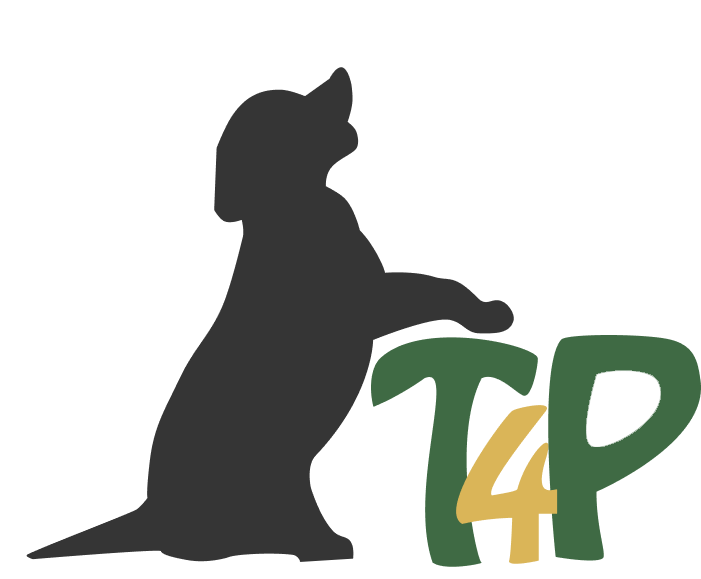Conditioned Harness Pressure
Setting your dog boundaries - but doing it nicely!
Setting your dog boundaries – but doing it nicely! Part 2 (Germany)
Here is part 1: Stroking the Lead
You’re hanging on the other end of the lead while your dog is pulling forward with all his weight because she sees another dog? You would like to walk away, but the moment you tug your dog away on the leash or grab her collar: boom! Your dog literally explodes and is now hanging in the leash, screaming.
The Opposition Reflex
This happens because of the opposition reflex.It is not a reflex in the medical sense, but more a symbol of the body’s efforts to stay in balance.Imagine, someone pulls your sleeve without a warning. Reflexively, you will pull your arm away in the other direction. This involuntary reaction also happens with your dog.
If you tug your screaming dog with you in the other direction, she will associate all the negative feelings, the frustration, the anger, the unpleasant pull on her neck with the other dog. Therefore, in the future, it is even more likely that she will freak out at the sight of another dog.
How can you outsmart the opposition reflex? Use a positive interrupter.In part one you got to know the Leash Stroke, a technique that my colleague Claire Staines from Lothlorien Dog Services regularly uses.
Option 2: Conditioned Harness Pressure
As a positive interrupter I like to use a technique that is called Conditioned Harness Pressure. The German dog trainer Ute Blaschke-Berthold has been looking for a way to interrupt reactive dogs without having to resort to aversive methods, when she came up with the idea of the Conditioned Harness Pressure.
The Conditioned Harness Pressure teaches your dog to overcome the opposition reflex, control herself and reorientate to you, as soon as she feels the pressure on her harness or collar. Well trained, alone the announcement of the Conditioned Harness Pressure will later be enough, to interrupt your dog’s unwanted behavior.
The Protocol
Step 1
Tell your dog that you’re about to touch her collar or harness. As an info cue, every word that you can easily say in tense and stressful situations is suitable. I use “Stop!”, Many German people say “Harness!”. Wait a second and then touch the side of your dog’s harness or collar, mark and reward. Repeat this about 10 times.
Step 2
Tell your dog that you’re about to touch the harness, then grab the side of the harness or collar and build up a light pull. Your dog will now build up the opposition reflex in response. Wait until your dog releases the pull by herself, mark and reward, then you let go of the harness. Repeat this about 10 times.
Correct order: Send your dog an info cue (“Stop”) – wait 1/2 sec. – reach for the side of the harness and pull – wait for your dog to release – mark and feed in position – release the harness.
Don’t be too gentle!
The pressure on your dog’s harness or collar is of course not supposed to knock her over, but it shouldn’t be done too gently, so that your dog does not get scared when you hectically grab her harness in an emergency.
Why sending your dog an info cue first?
Reason number one: When the Conditioned Harness Pressure is needed, your dog is usually in a stressful situation. If you suddenly grab the harness, your dog could jump, turn around and bite you. This so called redirected aggression is less likely to happen when the dog knows, what is about to come.
Reason number two: After a while, the info becomes a cue, which means that you no longer need to actually apply pressure on the harness and your dog will still hold back and reorientate to you when she hears the (info) cue. This is when you can start using the cue in tricky situations when your dog is off lead.
Apply pressure from the side of the harness!
Make sure that you always pull the side of your dog’s harness or collar and do not pull your dog upwards. The goal is that your dog overcomes the opposition reflex by herself and releases the pull. How is she able to release if you pull her up? After all, she’s not able to defy gravity.
What do the Conditioned Harness Pressure and the battery of your phone have in common?
The Conditioned Harness Pressure is like your phone’s battery:Once you have used it to interrupt your dog’s behavior, the effect has worn itself down a bit and you have to recharge the cue in a distraction-free environment, so that it works again the next time you need it.
It’s not a magic trick, but it gives you a short window of time to get your foot in the door of your dog’s unwanted behavior.
Ask for an Alternative Behaviour
As with the Leash Stroke, it is also important in the Conditioned Harness Pressure that immediately after your dog has reoriented towards you, you ask for an alternative behavior which is incompatible with pulling the leash and which she likes to perform. You can, for example, lead her out of the situation with a hand touch and then let her do a trick.
When to use the Conditioned Harness Pressure?
Just like the Leash Stroke, you can use the Conditioned Harness Pressure in situations where you want to interrupt your dog’s behavior, e.g. if she’s gotten stuck at a mouse hole, but you want to keep going, if she’s nose to nose with another dog and you’re worried that things might go south or if your dog is pulling the leash screaming, because a squirrel just ran up a tree.
